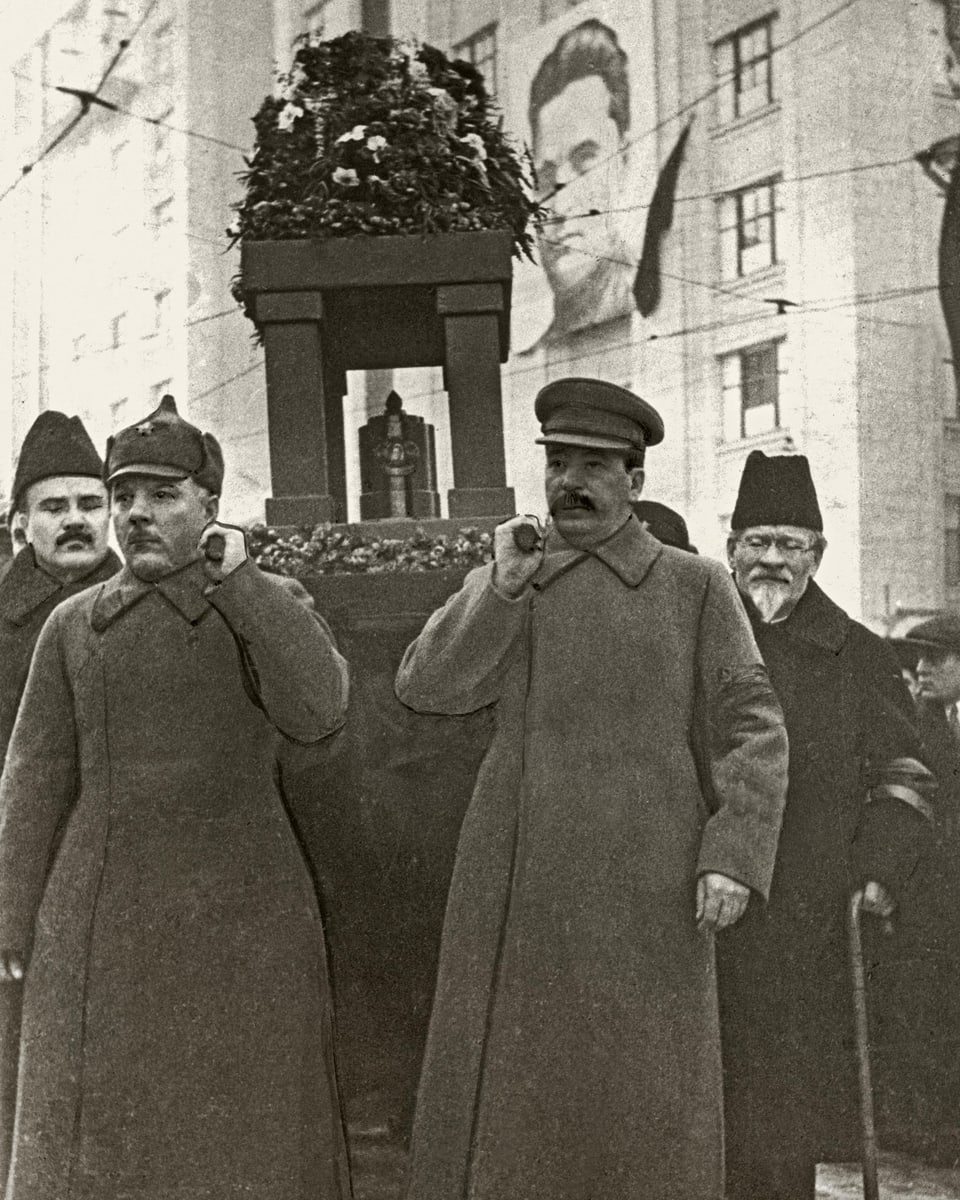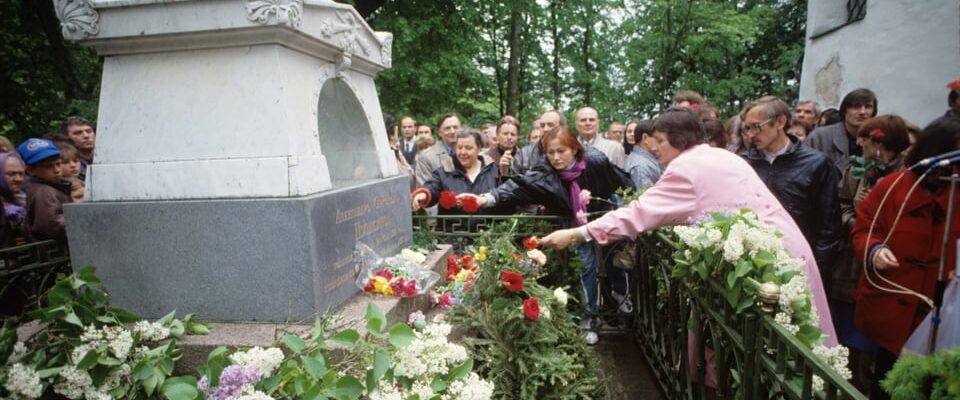Contents
The Putin regime reacts with great nervousness to the funeral of Kremlin critic Alexei Navalny – with good reason: situations of sadness always harbor the seeds of protests.
Large police presence, barriers, identity checks. The Kremlin imposed the strictest security precautions for the funeral of the well-known Kremlin opponent Alexei Navalny in Moscow. In the run-up to the funeral, police across Russia arrested hundreds of people who showed sympathy for the prominent opposition figure.
The nervousness of the authorities is no coincidence, as there is a risk that anger at the authorities will emerge in the emotionally charged situation of grief. Especially when this authority – as in the Navalny case – is suspected of having at least contributed to the death.
Mourning as protest
Iran offers object lessons. It was only a year and a half ago that massive protests against the dictatorial system broke out across the country following the violent death of 22-year-old Mahsa Amini in a Tehran police prison.
The mourning for the young woman, who ended up in police custody for allegedly wearing “un-Islamic clothing,” turned into a revolutionary act: It was expressed in the fact that many Iranian women publicly took off their headscarves and cut their hair. The regime responded with intimidation and arrests. Hundreds were killed.
Situations of sadness always harbor the seeds of mass protest. This is also the case in the USA, where a white police officer killed the African American George Floyd in May 2020. The racist act fueled the “Black Lives Matter” movement.
Another example: In 1967, a police officer shot the student Benno Ohnesorg at close range during a demonstration in West Berlin. As a result, the student movement’s protest against the West German state really flared up – and spread across the entire country.
The dangerous dead poet
Russia itself has also experienced in its history that situations of mourning can be dangerous for the establishment. Around the year 1837, when the poet Alexander Pushkin, who was revered during his lifetime, lost his life in a duel with a nobleman.
Legend:
The Russian poet Alexander Pushkin is still revered by large parts of the population today. The circumstances of his death embarrassed the then tsar.
Imago/SNA
The public was shocked by the death of the great poet. There was widespread speculation that the tsar’s court was at least partially to blame.
The tsar was frightened. He feared unrest and ordered that the coffin containing Pushkin be secretly removed from the then Russian capital of St. Petersburg on a dark night. He was buried hundreds of miles away.
Abused grief
Sometimes the Russian regime also managed to abuse situations of mourning for its own purposes. This is what happened in 1934 after the murder of Sergei Kirov. Kirov was a high-ranking communist party official in the Soviet Union during the time of dictator Joseph Stalin.

Legend:
Staged and instrumentalized: The dictator uses the funeral of Stalin’s party comrade Sergei Kirov to promote his own image.
Imago / Album
The exact circumstances of the murder are still controversial today. What is certain, however, is that Stalin instructed the propaganda to encourage public mourning for Kirov as much as possible. In the heated atmosphere, Stalin claimed that the Soviet Union had been infiltrated by traitors. He initiated the “Great Terror,” with which the dictator secured his power – and to which millions fell victim.
Today’s Kremlin is far from being able to exploit the grief over Alexei Navalny for its own benefit. And so he only has the means of repression to maintain his own power.
Radio SRF 4 News, March 1, 2024, 9 a.m.
